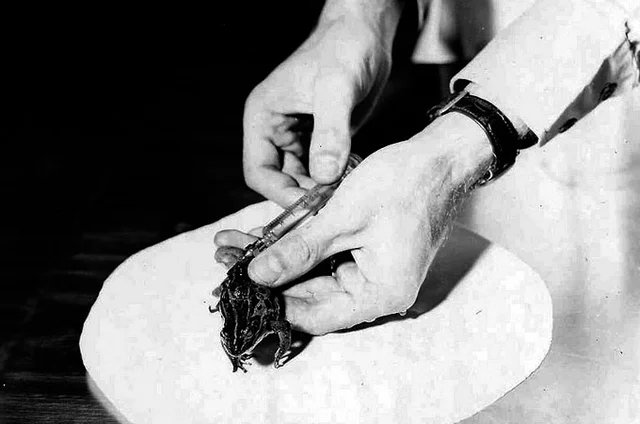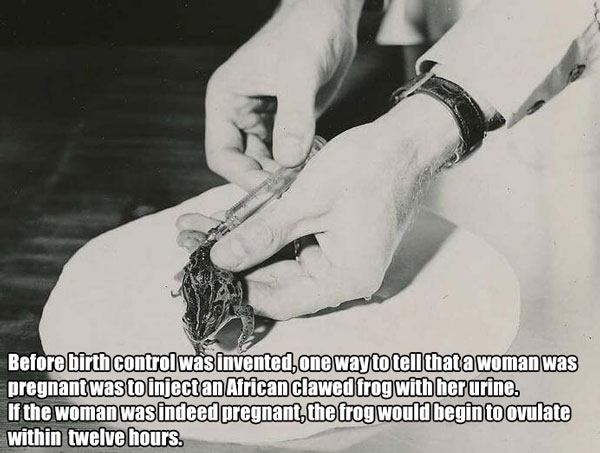The first mainstream pregnancy test involved injecting a frog with the woman s urine in 5 12 hours if the frog ovulated the woman was pregnant it was considered a reliable test

The Revolutionary Frog Pregnancy Test

When it comes to testing for pregnancy today, we have an array of reliable and convenient options available at our disposal. From over-the-counter pregnancy tests to advanced medical procedures, we have come a long way in accurately determining whether a woman is expecting or not. However, have you ever wondered how the concept of pregnancy testing came into existence?
Believe it or not, the first mainstream pregnancy test involved the humble frog. Yes, you read that correctly! Injecting a frog with a woman’s urine was once considered a reliable method to confirm pregnancy. Let’s take a dive into the intriguing history of the first widely-used pregnancy test and how it became a groundbreaking discovery in the field of reproductive health.
The idea of using frogs for pregnancy testing can be traced back to the late 1920s when it was discovered that the urine of pregnant women contained a hormone called human chorionic gonadotropin (hCG). This hormone, produced by the developing embryo, plays a vital role in maintaining pregnancy. Scientists realized that by injecting a small amount of urine from a woman suspected of being pregnant into a female frog, they could observe the frog’s response as an indicator of pregnancy.

The test involved inserting a pregnant woman’s urine into the frog’s dorsal lymph sac, a pouch-like structure on the frog’s back. Scientists believed that if the woman was indeed pregnant, the hCG hormone present in her urine would stimulate the frog’s ovaries, causing it to ovulate within 5 to 12 hours. This ovulation response indicated a positive result, suggesting that the woman was pregnant.
At the time, this frog pregnancy test was considered a reliable method due to its accuracy and simplicity. However, it’s worth noting that the test was not foolproof. Factors like the timing of urine collection and the sensitivity of individual frogs could affect the results. Nevertheless, it provided valuable insights into the possibility of pregnancy.
Over time, scientific advancements led to the development of more efficient and sensitive pregnancy tests, rendering the frog test obsolete. The discovery of hCG paved the way for the creation of modern pregnancy tests that detect the hormone in a woman’s urine or blood, providing accurate results within minutes.
In conclusion, the frog pregnancy test holds an intriguing place in the history of reproductive health. It served as the foundation for the development of pregnancy testing as we know it today. While it may seem bizarre and unconventional by today’s standards, it is a testament to the innovative thinking and determination of early scientists. So the next time you take a quick pregnancy test at home, remember the extraordinary journey that led to this convenience.
Source: The Atlantic
Related Posts
Quick Links
Legal Stuff

